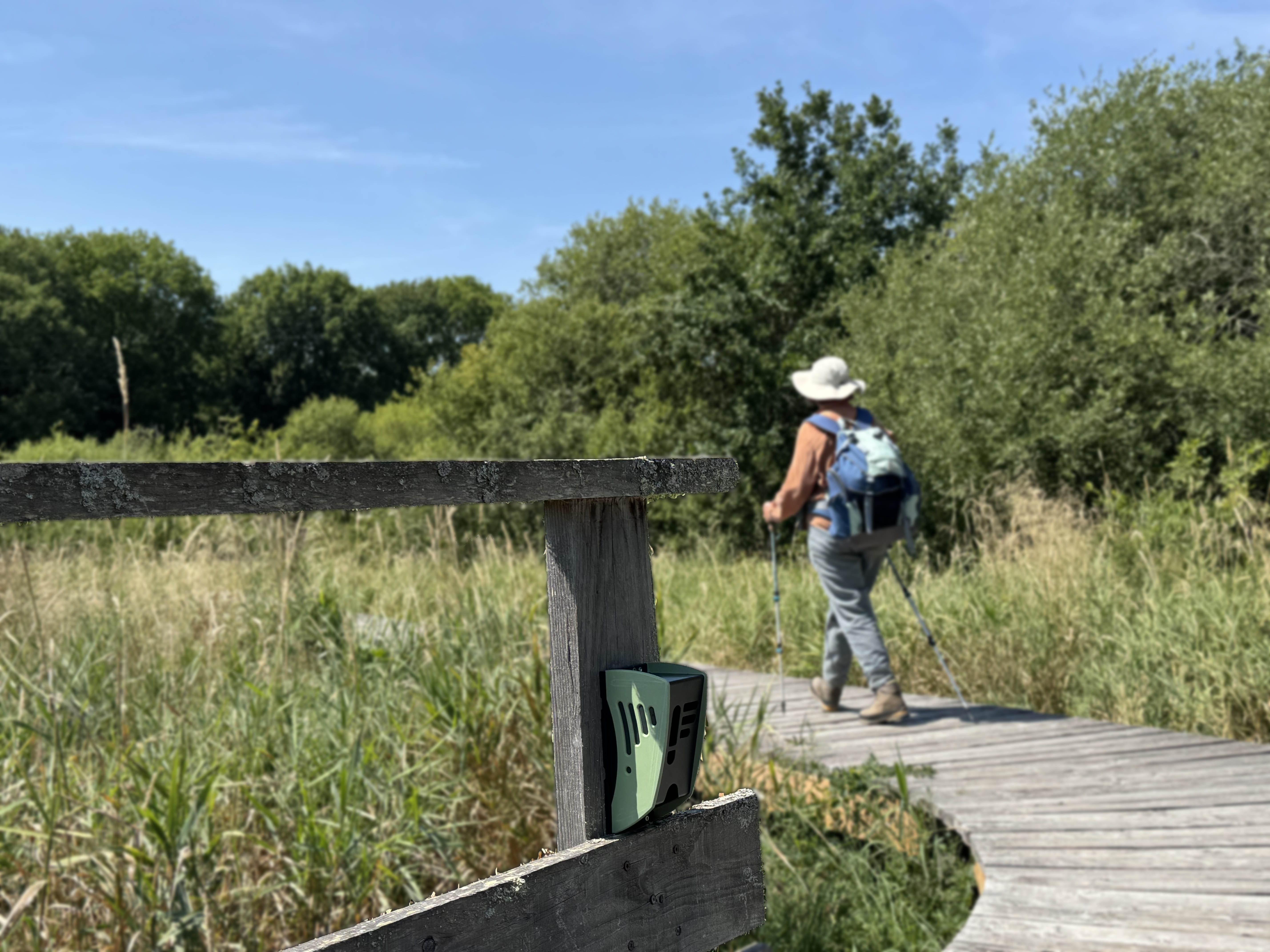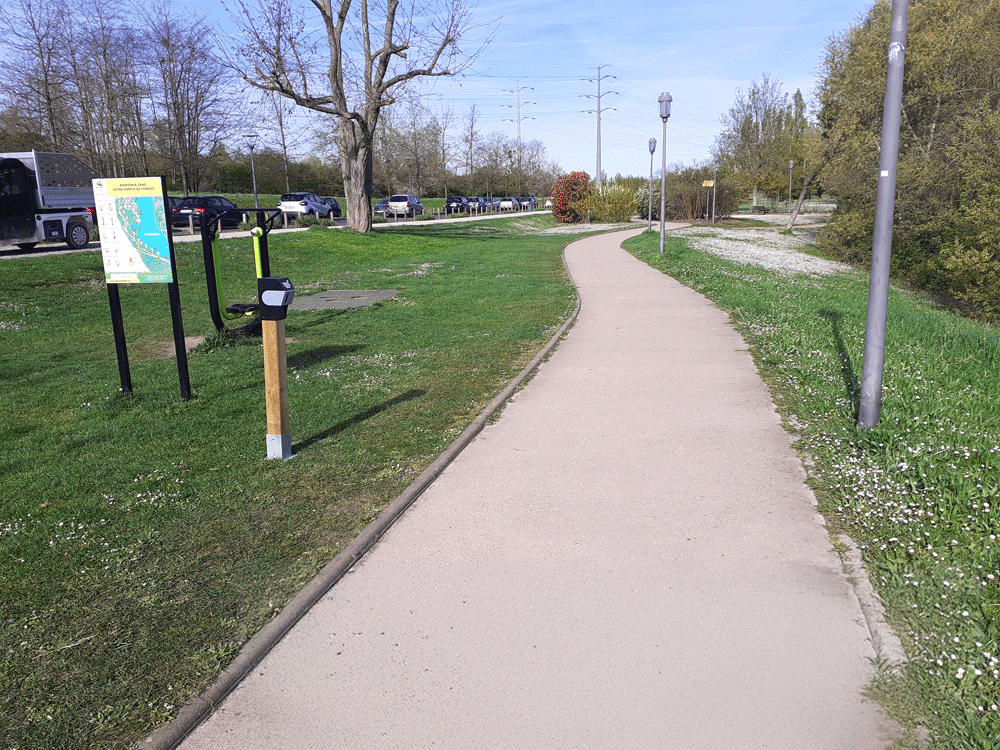Choosing the right locations, ensuring the reliability of data, preserving the environment.

To equip a hiking trail or a greenway with an autonomous counting system makes it possible to objectify uses, to inform development decisions and to promote investment efforts. But these sites — often natural, extensive, poorly connected — present specific constraints. Where should the sensors be positioned? How do you ensure data accuracy without disrupting the environment? What equipment should you choose?
At Kiomda, we have deployed dozens of devices in various contexts: mountain, valley, seaside, multi-use greenways... Here is our guide to effectively instrument a trail, whether you are a community, a natural park, a mixed union or a site manager.
The aim is to Reduce the risks of multiple counting or uncounted people. A natural or landscaped corridor is ideal:
The sensor must be able to be:
Avoid areas:

At Kimoda, we offer sensors Autonomous, discreet and non-intrusive, without the need for electricity or a wired network.
Our solutions are designed for poorly developed sites or in the middle of nature.
Community of Municipalities Sèvre & Loire
Follow-up on a 400 km trail, with evaluation of the wear and tear of the facilities and identification of educational sites.
Vezere Valley (CC Valley of Man)
Instrumentation of several sections of greenway, in connection with Flow Bicycle. Objective: tourist use and home-work analysis.
PETR of the Pays de la Déodatie (Vosges)
Count on 5 tourist sites. Data used to refine a management plan and document overcrowding.
Instrumenting a path or a greenway cannot be improvised, but it is an accessible and valuable approach to better understand your territory. The collected data reinforces the quality of decisions, protects sensitive sites and makes it possible to concretely value the use of soft mobility or leisure infrastructures.
Are you still hesitating about technical feasibility?
We support you in the study of the premises, the choice of locations and the definition of the adapted configuration.